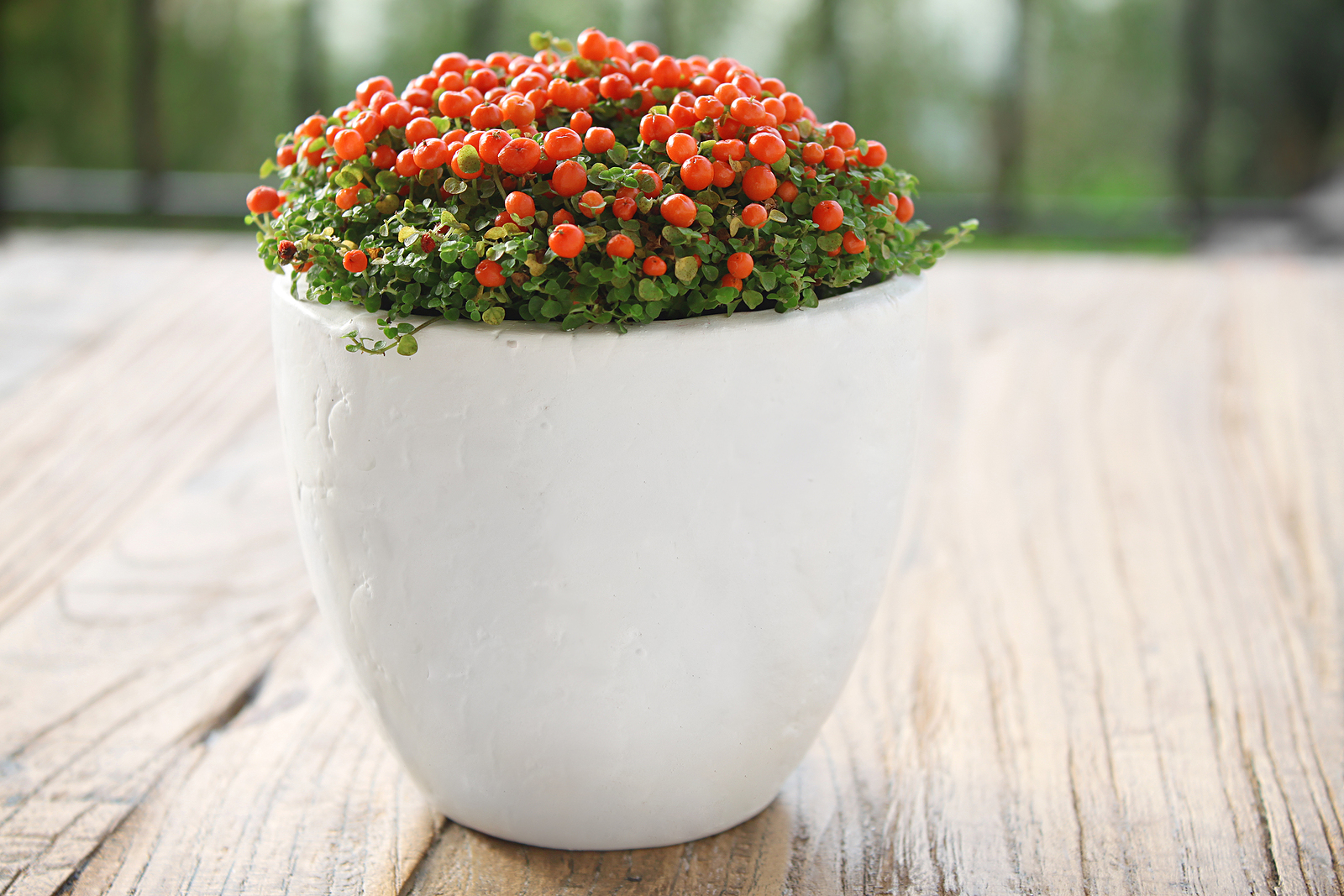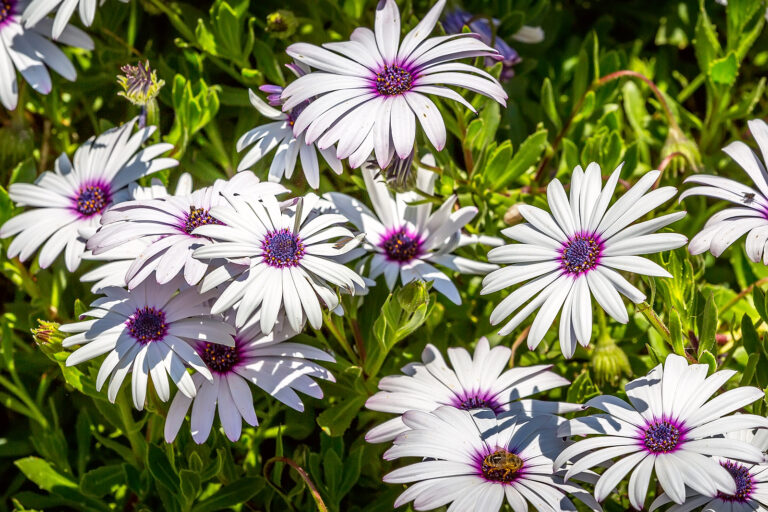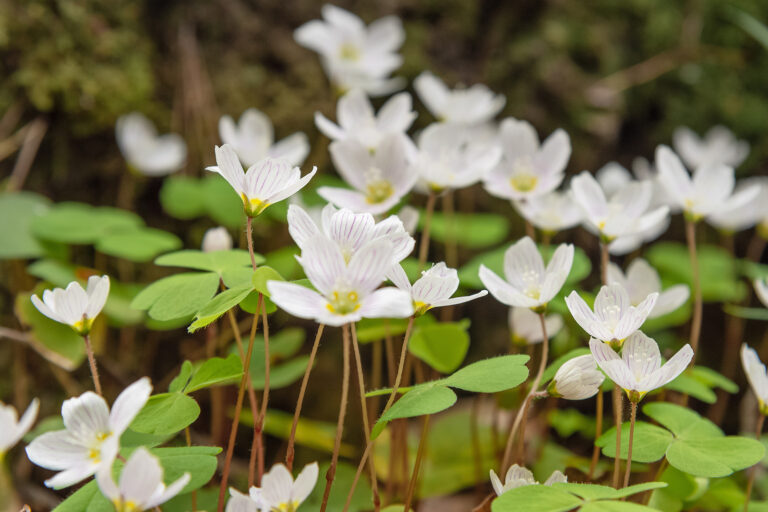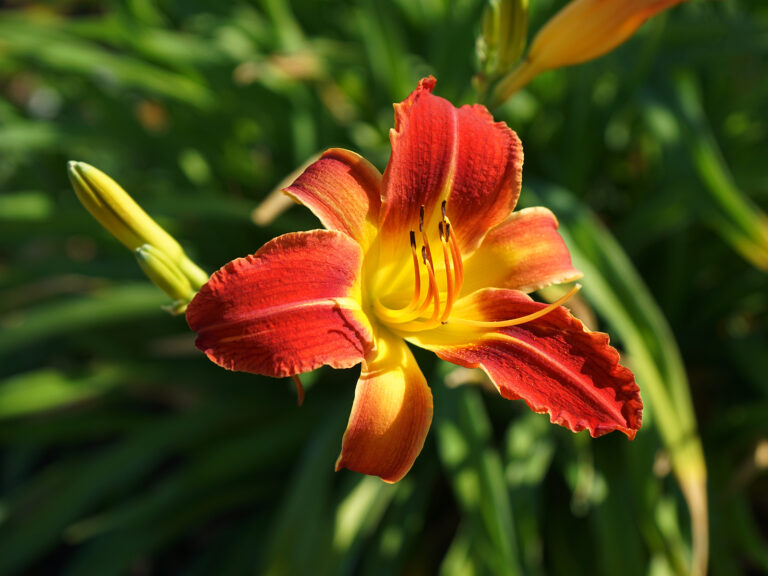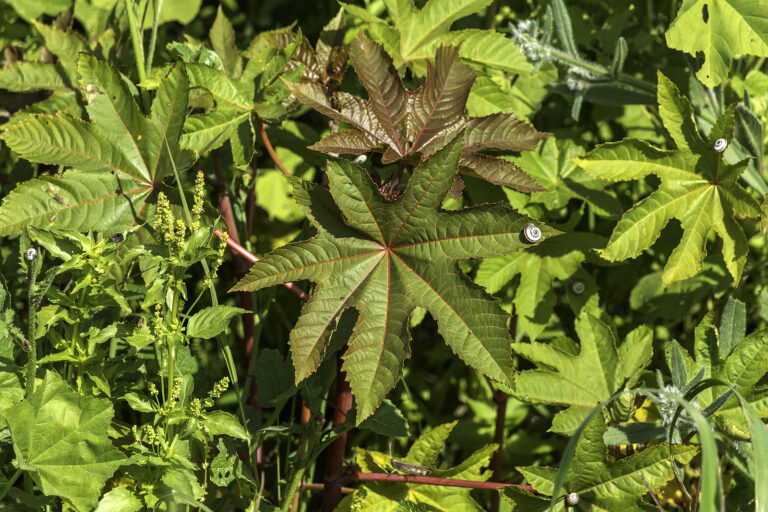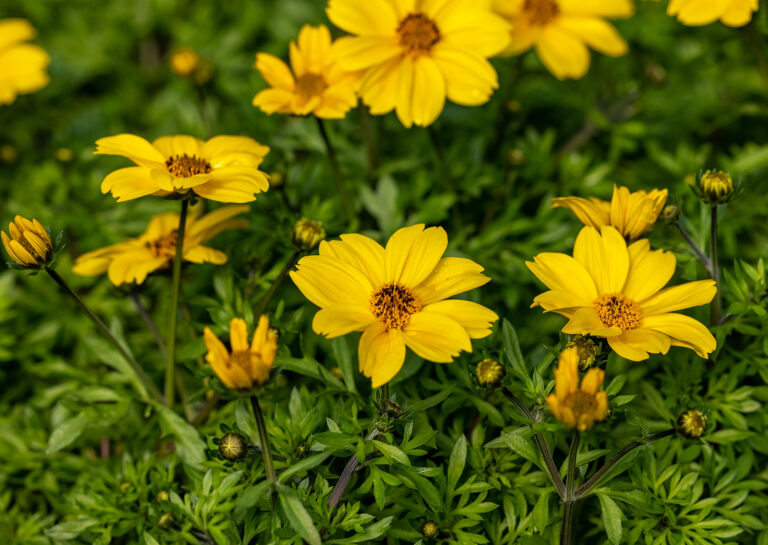How to Grow Bead Plant — Nertera
Nertera–commonly called bead plant–is a tropical ground-hugging perennial covered with tiny oval or round leaves 1/4 inch in size. Nearly inconspicuous bell-shaped flowers appear in summer followed by fleshy, spherical orange-red berries. Nertera is usually grown as a houseplant for its decorative berries.
Outdoors in tropical regions, Nertera can be grown as a groundcover or in rock gardens. It grows best in partial shade. Where not hardy, Nertera can be grown indoors where it needs bright filtered light.
Nertera is a genus of about 6 species of mat-forming perennials. They are native to moist lowlands in South China, Southeast Asia, and Australasia.
Get to know Nertera
- Plant type: Perennial
- Growing zones and range: Zones 12-13
- Hardiness: Tender
- Height and width: 1 to 3 inches (2.5-7.6cm) tall; thin trailing stems to 12 inches (30cm) long.
- Foliage: Small, broadly ovate to lance-shaped leaves
- Flowers: Tiny 1/4 inch bell-shaped flowers are followed by glossy bright orange berries.
- Bloom time: Bloom in summer.
- Uses: Groundcover, rock garden, houseplant
- Common name: Bead plant
- Botanical name: Nertera
- Family name: Rubiaceae
- Origin: Southern China, Southeast Asia
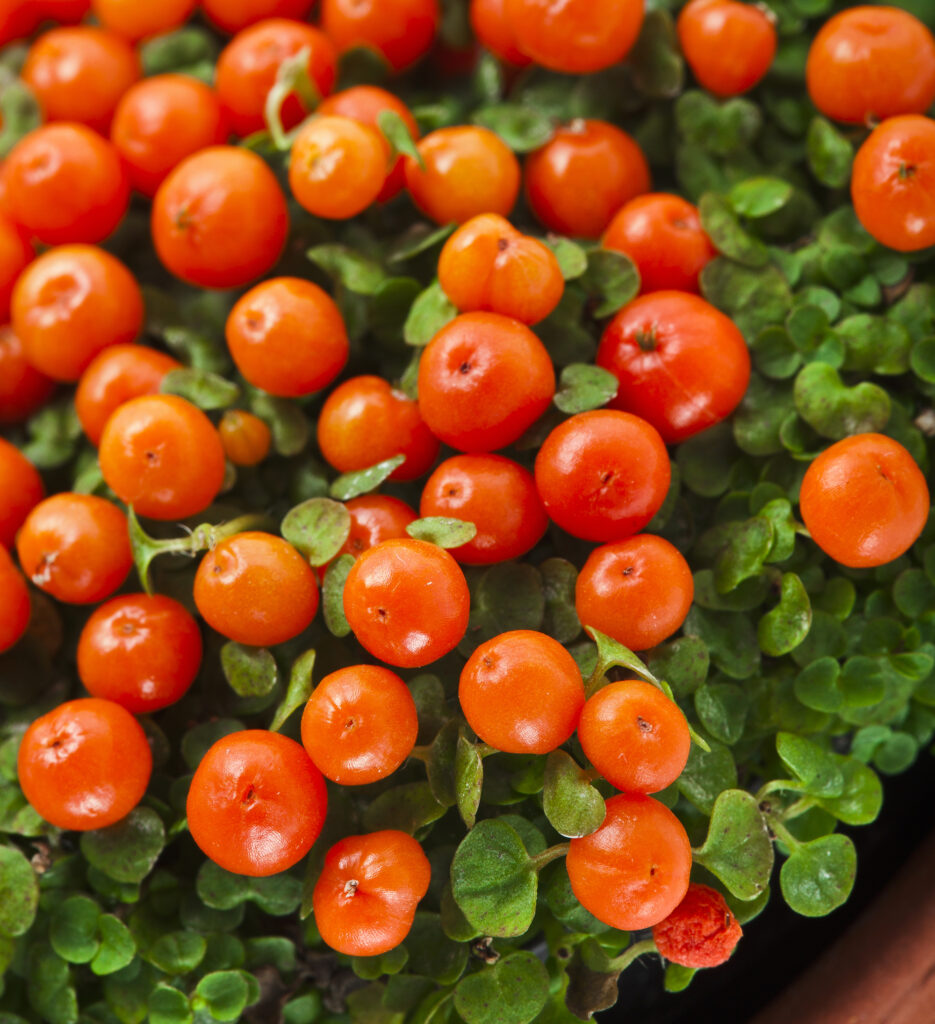
Where to plant Nertera
- Light outdoors: Grow Nertera in partial shade.
- Light indoors: Provide Nertera with bright light.
- Soil: Grow Nerta in humus-rich, gritty, moist, but well-drained soil.
When to plant Nertera
- Set container-grown Nertera outdoors in tropical regions any time of the year.
Planting and spacing Nertera
- Space Nertera 12 inches (30cm) apart.
How to water and feed Nertera
- Water: Allow the soil to dry to the touch between thorough waterings.
- Feeding: Fertilize Nertera only after the plant has flowered in summer excess fertilizer encourages foliage growth but inhibits flowers and fruit production.
Nertera care
- Protect Nertera from excess moisture.
Growing Nertera as a houseplant
- Give Nertera bright light, a cool temperature, and high humidity.
- Allow the soil to dry to the touch between thorough watrerings.
- Fertilize Nertera only after the plant has flowered in summer; excess fertilizer encourages foliage growth but inhibits flower and fruit production.
Nertera pests and diseases
- Nertera can be attacked by aphids and spider mites.
Nertera propagation
- Propagate Nertera by division and use an all-purpose soil mix for repotting.
- Sow seed in warm soil in spring.
Nertera varieties to grow
- Nertera depressa, bead plant. Forms a mound of bright green, rounded leaves.
- N. granadensis, bead plant. Moss-like perennial with bright green leaves; bears bell-shaped yellowish green glowers followed by masses of spherical shiny, orange or re berries.

